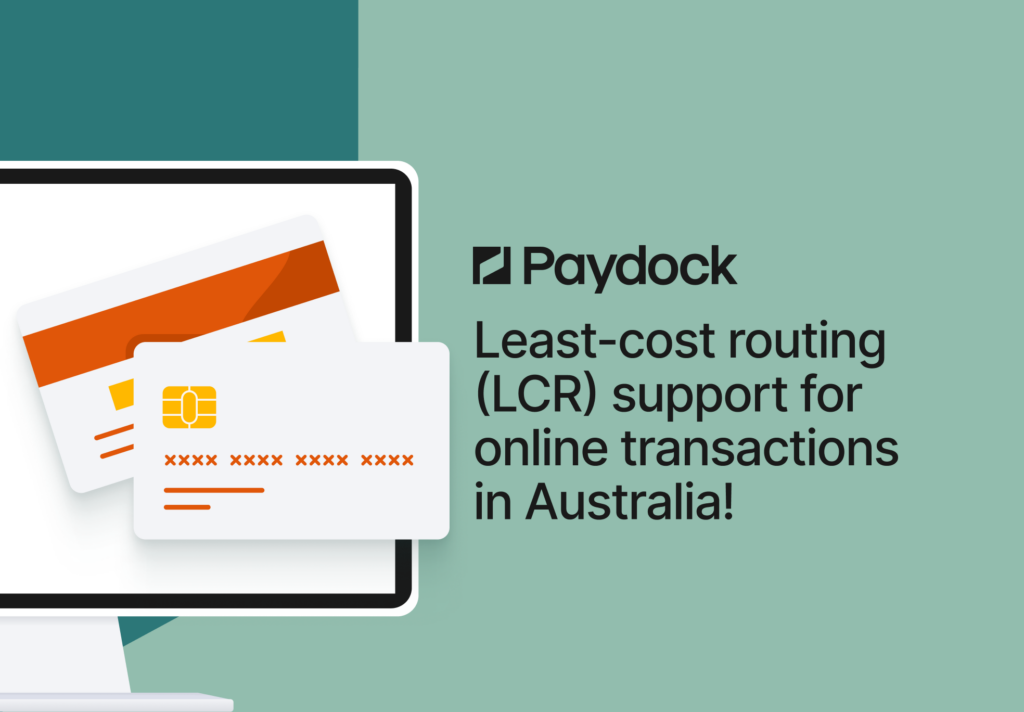Ecommerce has been instrumental to the survival of many businesses throughout the past 12 months. As a cashless society looms and consumer behaviour shifts, the increasing demand for easy, frictionless and digital payments is pivotal in order for merchants to stay on top.
Today, digital wallets play a significant role globally in facilitating seamless, efficient and secure payments and essentially are the catalyst that accelerated Ecommerce to its highest growth rate in 5 years.
So… why are they essential for merchants?
Digital wallets have become the ‘new norm’ in payments and by 2024, digital wallets will account for 84.5% of e-commerce spend (Global Payments Report, 2021). This increasing reliance on technology has highlighted greater emphasis not only on speed and convenience but the need for security in online transactions. 55% of consumers say security is the most important factor in their digital experience (Experian, 2021) and they are utilising digital wallets as their default payment source as they incorporate advanced security solutions such as biometric authentication or tokenisation to reduce the risk of fraud.
By rapidly revolutionising the checkout process and becoming a primary source for payments, digital wallets enable merchants who adopt them the ability to offer a myriad of options such as biometric authenticated payments (ApplePay), Buy-now-pay-later schemes, QR codes, and along with this the ability to exceed their customer expectations whilst catering to their security needs.
Notably and perhaps most importantly, digital wallets also offer around 99.6% lower chargeback volume than card transactions, according to a research by Worldpay making it a no brainer for a merchant to embrace it. This has incentivised merchants to offer wallet-based checkout as a preferred method of payment.
But what really happens at a back end? What does it mean for the merchant? One of the challenges involves a capability to accept the right wallets in each market. For example, AliPay or WeChat Pay in China and APAC region, Paytm in India or Rappi in Latin America. This could also mean that merchants may need to manage multiple payment integrations, which can and will prove time consuming, complex and costly. This is when being able to control your chaos becomes crucial, leading to another inevitable outcome of modern payments technology – Payments Orchestration.
By deploying low-code, unified checkout workflows while remaining free to onboard new or optimise existing payment services, a payments orchestration platform provides merchants a secure range of integration options to ensure that your PCI scope is managed without compromising your consumer experience, or limiting the checkout options available to the merchant. Merchants need to be free to consider and respond to cost, consumer adoption, security and data implications of their vendors and interoperate where necessary.
Payments Orchestration is now the door through which merchants coordinate this strategy.
Eliminating the need to run numerous dashboards, manhandle logins across a wide array of services and juggle endless tech problems, Paydock’s unified dashboard brings together payment services, customers and transactional information into a single, manageable experience. Our Dashboard also enables you to plug in new services and manage (and audit) your organisation’s users ensuring that you can track all activity within your payments ecosystem.
As Payments Orchestration becomes the new default by which merchants access fintech, we are excited for the benefits to merchants. Both consumers and merchants will benefit from increasing security, decreasing costs and more rewarding experiences.
For more information and how we can pocket more for your business, drop us a line on [email protected] and book a demo.

